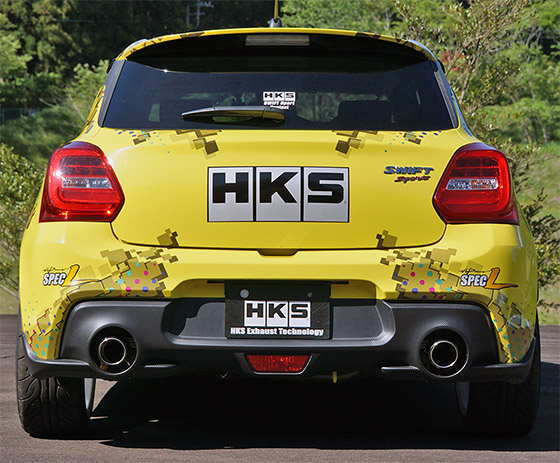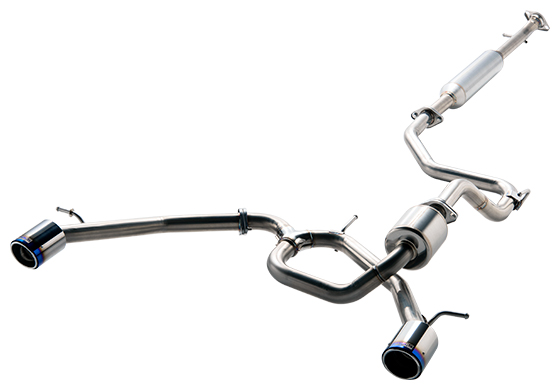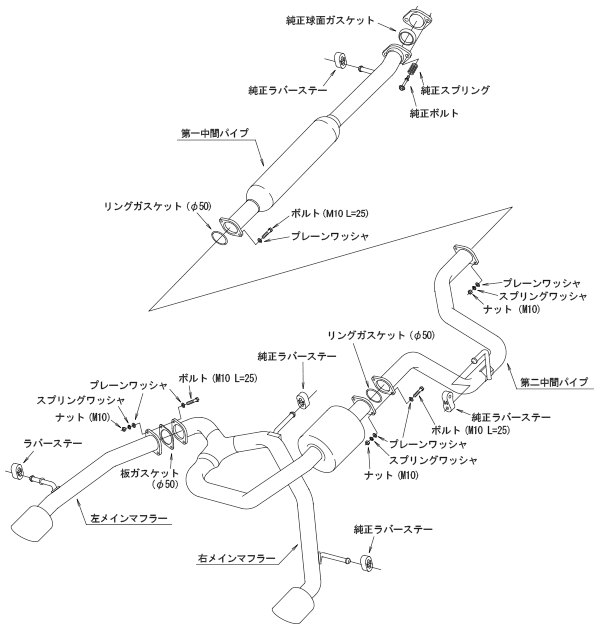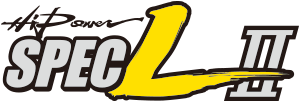Description
Swift ZC33S Hi-Power SPEC-L2 Exhaust – 31019-AS109
Code No. 31019-AS109



| Cert. No. | JQR20174218 |
|---|
| Vehicle | SWIFT SPORT |
|---|---|
| Model | ZC33S |
| Engine | K14C(TURBO) |
| Model Year | 17/09 – |
| Shape of muffler | HP (Hi-Power SPEC-L II) | |
|---|---|---|
| Main material | S304 | |
| Diameter of tip | 94 | |
| Diameter of center pipe | 50 (*1) | |
| Close noise level | Stock | 77 |
| HKS | 85 | |
| About road clearance(*2) | Clearance | 190mm |
| Portion of the kit | Second Mid Pipe | |
| Remarks | Minimum Clearance is 120mm (front under panel) | |
| Product Weight | 8.4kg | |
Remarks
Tail cover size:φ94 L=118 B.
Includes Main muffler and Mid pipe. SPEC-L II weight:8.4kg (44% lighter compared to stock) Compatible with 4BA-ZC33S made after May 2020.
About HKS muffler
*1: About center pipe
Diameter of center pipe is the portion that has the largest diameter. (Excluding silencer and tip.) It is the condition with stock suspension.
*2: Minimum road clearance between HKS muffler (Any parts included in the kit) and road surface. Therefore, it may be different from actual road clearance of the vehicle.
The data is basically the condition with stock suspension. However, please understand that some items have data with low down spring or ride height adjustable suspension kit.
Caution: Hook, bracket, stay may be changed without prior notice.
★ Exhaust noise level at idle.
For info on Swift ZC33S Hi-Power SPEC-L2 Exhaust please go here
For info on our full range of goods and services please go here
In October 1973, two talented and spirited young engineers had a vision; to design and build high performance engines and components that major OE manufacturers could not or would not produce.
Led by Hiroyuki Hasegawa, a former engineer for Yamaha Motor Company, and his partner Goichi Kitagawa, the two secured a capital infusion from Sigma Automotive Co., Ltd. (hence the name “HKS ”), and began tuning gasoline powered engines in a dairy-farming shed at the foot of Mount Fuji in Japan. A year later, Mr. Hasegawa designed and built the first aftermarket turbocharger for passenger cars and has never looked back.
HKS pioneered the Japanese aftermarket performance industry by delivering a host of exciting new products, including the first commercially available electronic turbo timer and boost controller. Other early products included piggy-back fuel computers and sophisticated fuel management tools. Clearly HKS was Driving Performance trends for Japanese vehicles.
